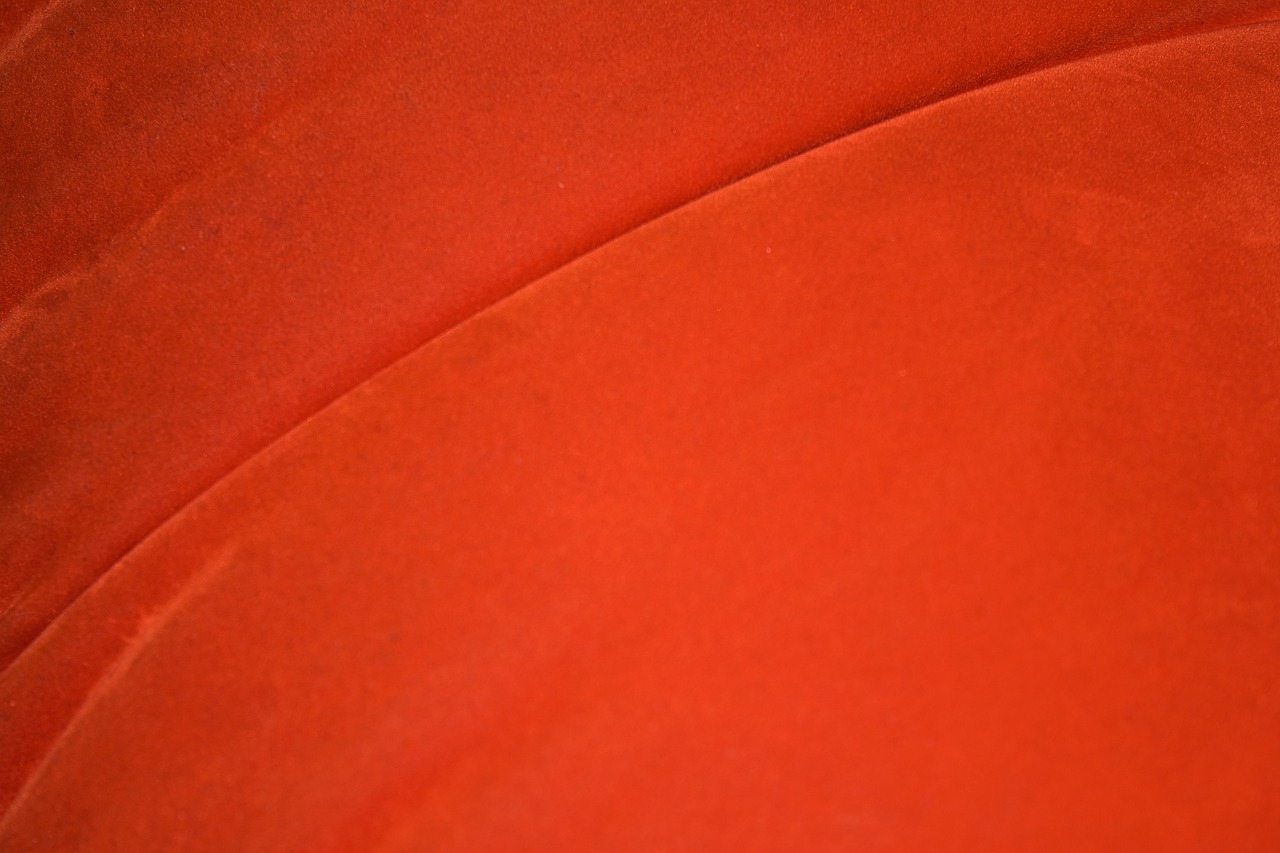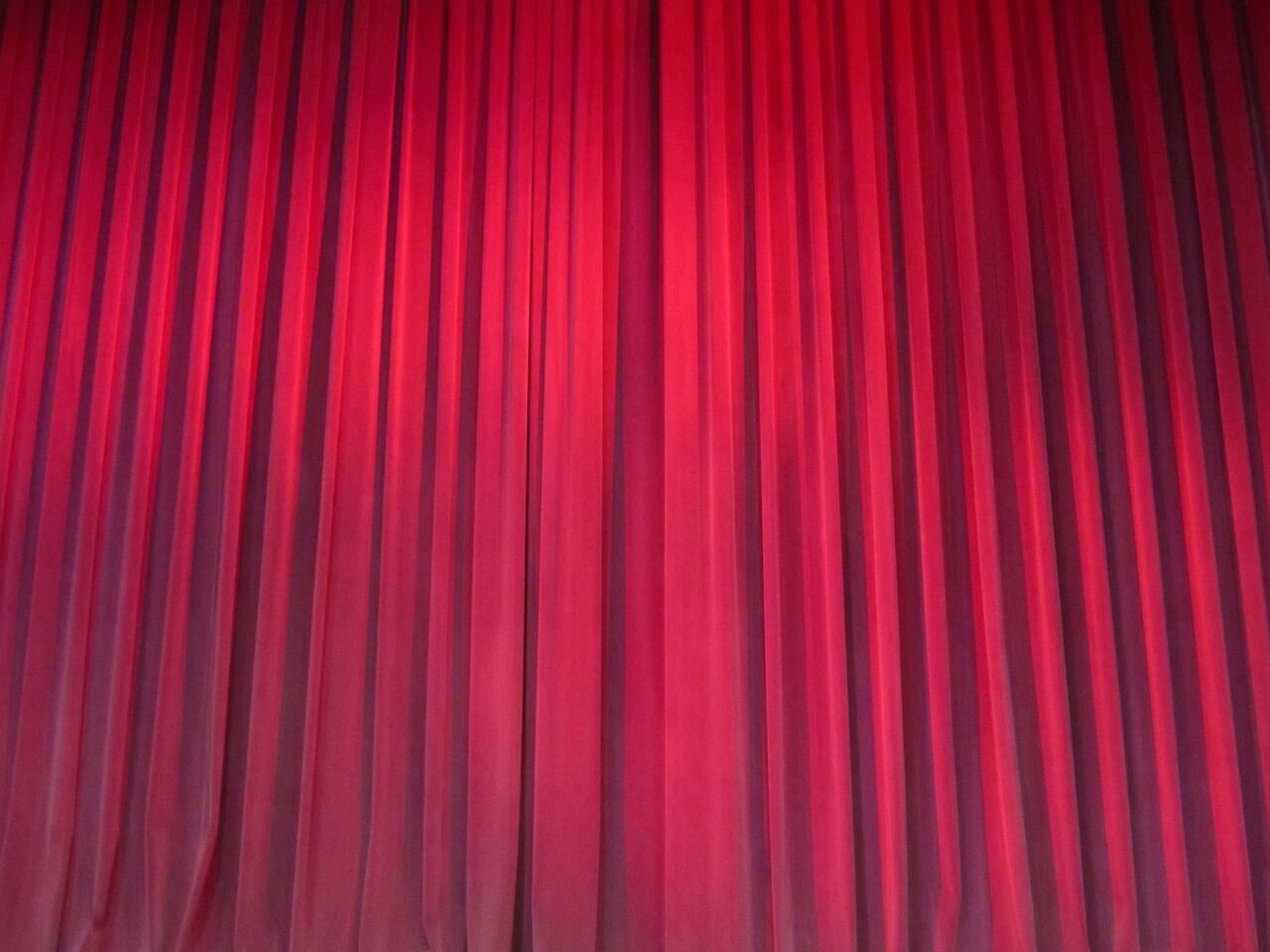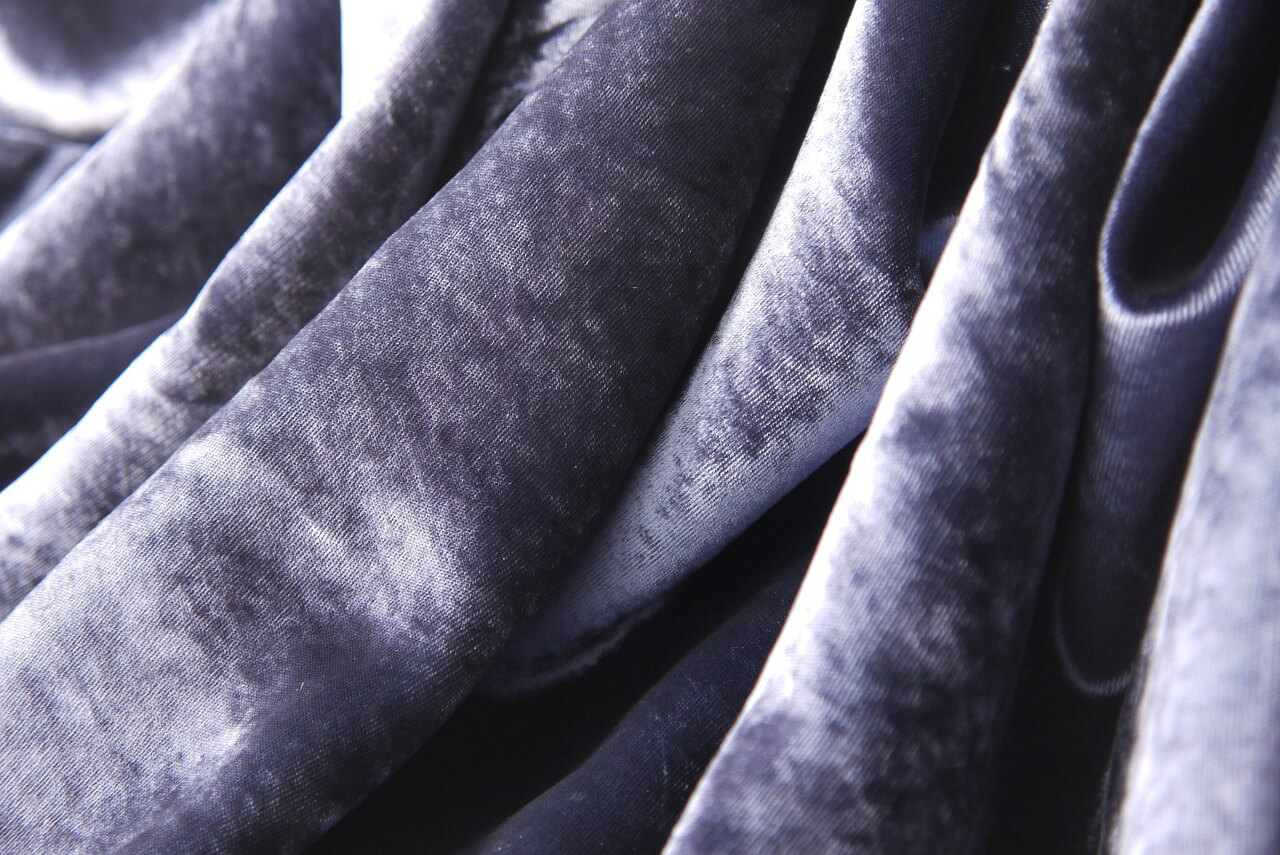I have a confession to make: I’m a bit of a sucker for velour and its close cousin, velvet. It appeals to the sensualist in all of us, what with that very touchable pile and its ability to be warm and flattering. No wonder velour is used for clothing as well as upholstery. Soft, warm, sensual, touchable – it’s got a lot going for it.
Some of my love of velour could be because of my age. I was born in the 1970s, and as this was the era when velour was most commonly used for upholstery and for clothing, perhaps there’s some deep subconscious memory involving either my mother’s clothing (unlikely, knowing my mother’s fashion sense) or some of the furniture. Its popularity during the 1970s led to its later rejection (possibly because it was getting so last season) and its comeback when all things retro came into style. However, it never went out of style, even if it was out of fashion.
How Does Velour Differ From Velvet And Velveteen?
You’ll hear some people referring to velour as velvet. In fact, at first glance, velvet looks the same. Just to confuse you, “velour” comes from the French word for velvet! However, true velvet is made from silk fibre (at least traditionally) and is woven on a complicated system involving two looms that weave two lengths of velvet fabric at once, which are then cut apart. This means that velvet often has a deeper pile than velour – and hence is more luxurious. The fibres tend to be packed more densely, giving it greater softness. Velour, however, is woven with a loop pile (rather like carpet), which is then cut open, leaving the ends that give it its softness. The sheen of velour or velvet is produced by the pattern of light and shade as the fibres in the pile move, as well as any lustre in the fibre used to produce it. These days, both velour and velvet are made from all sorts of fibres, and many items of velour clothing have some spandex or similar stretchy material in them, thus producing stretch velour, which is also known as stretch velvet (although true velvet doesn’t stretch).
Because of the complexity of weaving it and because of the high-quality luxury fibres used to make it, velvet has always been more expensive than velour. Historically, velvet was often covered by sumptuary laws – those elitist regulations that forbade even wealthy people from certain classes to wear particular items or fabrics, limiting their use to the nobility or even exclusively to royalty.
Another close cousin of both velvet and velour is velveteen. Velveteen is very similar to velour, but has an even shorter pile– although it’s still very cosy and touchable. As a fabric, it drapes less than velour, so it’s less popular for clothing as it’s not as clingy. It also has a matte appearance.
If you were to talk to a dressmaker, he or she would tell you that, in general, velvet has the most sheen and is the softest – and that it’s also the most expensive of the three and should be dry-cleaned only. Velour, on the other hand, is stretchy, has a medium sheen, is less expensive and can be washed. Velveteen is stiffer and matte but is also washable and relatively inexpensive.
Cleaning Velour Upholstery
One downside of velour is that the pile can trap dirt and dust easily. Add because velour is so very soft, and you get the very common problem of pet hair. Ask any cat owner with a love of velour upholstery! All fabrics get dirty over time, but velour seems to act as a dirt magnet. Scientifically speaking, it is a dirt magnet, as the increased surface area of velour allows the build-up of static charge, which attracts and holds small particles… like dust and cat hair. The other issue with velour upholstery is that, over time, constant pressure can crush the pile, meaning that your favourite chair can be left with the permanent imprint of your buttocks.

As part of your routine housework, dust and pet hair can be removed from velour upholstery with a vacuum cleaner – if you have a vacuum cleaner that allows this, such as a small wand vacuum cleaner or a canister vacuum with a long hose. This will remove much of the dust, and if whatever vacuum cleaner or attachment you prefer to use has a brush, this will help raise up a flattened or crushed pile. Regular vacuuming, touching and brushing will remove those imprints from buttocks as well. As if you need an excuse to run your hand across the velour…
Another tip for removing pet hair from a velour sofa or chair is to use damp rubber gloves. Simply put the gloves on, dip them in a bucket of cold water (many velour fabrics don’t like heat) and run them over the place where the cat has been sleeping. Then run them over the rest of the sofa or chair, as that cat hair will have gone everywhere. It will amaze you at how much hair those damp gloves pick up. Rinse the hairs off from time to time to avoid spreading the hairs everywhere.
Your velour upholstery could start looking dirty from things that won’t vacuum off, such as the residues of spilt coffee or marks from hair or makeup or anything else that can get on the sofa (and most upholstery cleaning professionals have seen it all). In this case, you can spot-clean the marks off using a soft, damp cloth, some gentle detergent or even shampoo and some cold water. However, you have to be sure not to use hot water or use a steam cleaner on velour – it doesn’t like heat at all. Lightly moisten the stained area with the damp cloth, then apply a small amount of detergent or shampoo. Gently work the area, moving from the outside of the stain to the middle, then rinse the cloth and blot to remove the dirt and the detergent. Allow this to dry (you can use a hair dryer in the coolest setting), then brush the nap of the velour up, so it’s nice and fluffy again.

Professional upholstery cleaners can also spot-clean or deep-clean velour upholstery, and they often have tools that remove engrained dirt and odours without needing steam cleaning.
Cleaning Velour Clothing
The good news about velour clothing is that it can be machine washed as long as you run the machine on a delicate cycle and use cold water. However, great care must be taken about what shares the washing machine with your velour clothing. Anything that can shed lint must not go in the same load, which includes towels, flannelette sheets, flannelette shirts, anything frayed, anything with long woolly fibres and so forth. Otherwise, all that lint will end up all over your velour clothing. If some Helpful Harry or Harriet puts something velour in the machine with these lint-shedding villains, you may need to wash your velour again. If any lint remains after this (which can happen), then the damp rubber glove trick can be tried and/or an old-fashioned lint brush.
Don’t iron velour clothing. It rarely creases much. Anyway, velour hates heat. If you find some creases, more touching, hanging and brushing will usually get rid of them.
Avoiding The Fate Of The Velveteen Rabbit
I can’t leave any article about cleaning and caring for velour fabric without mentioning soft toys covered in velour or velveteen. I think we’ve all been a bit sniffly about the fate of the Velveteen Rabbit at the end of the children’s book, where the titular rabbit has to be burned because the child who owned him had been ill with an infectious disease. This doesn’t have to happen. A soft toy made from velveteen or velour can be dry-cleaned professionally or even hand-washed and disinfected at home. Simply treat the soft toy like a velour sofa, but apply a disinfectant (not chlorine bleach) all over and leave the toy covered with disinfectant for a while to ensure that all germs are killed, then go through the process of blotting and rinsing. Soft toys can also go through the delicate cycle in the machine, as long as you use cold water. A toy will take longer to dry, but spin-drying is not recommended. Sitting the toy in a warm, airy place for a day or two will usually work. The nap of the velour may be a little flattened after this, but a bit of cuddling will still get the toy looking fluffy again. After all, velour is so very touchable!

